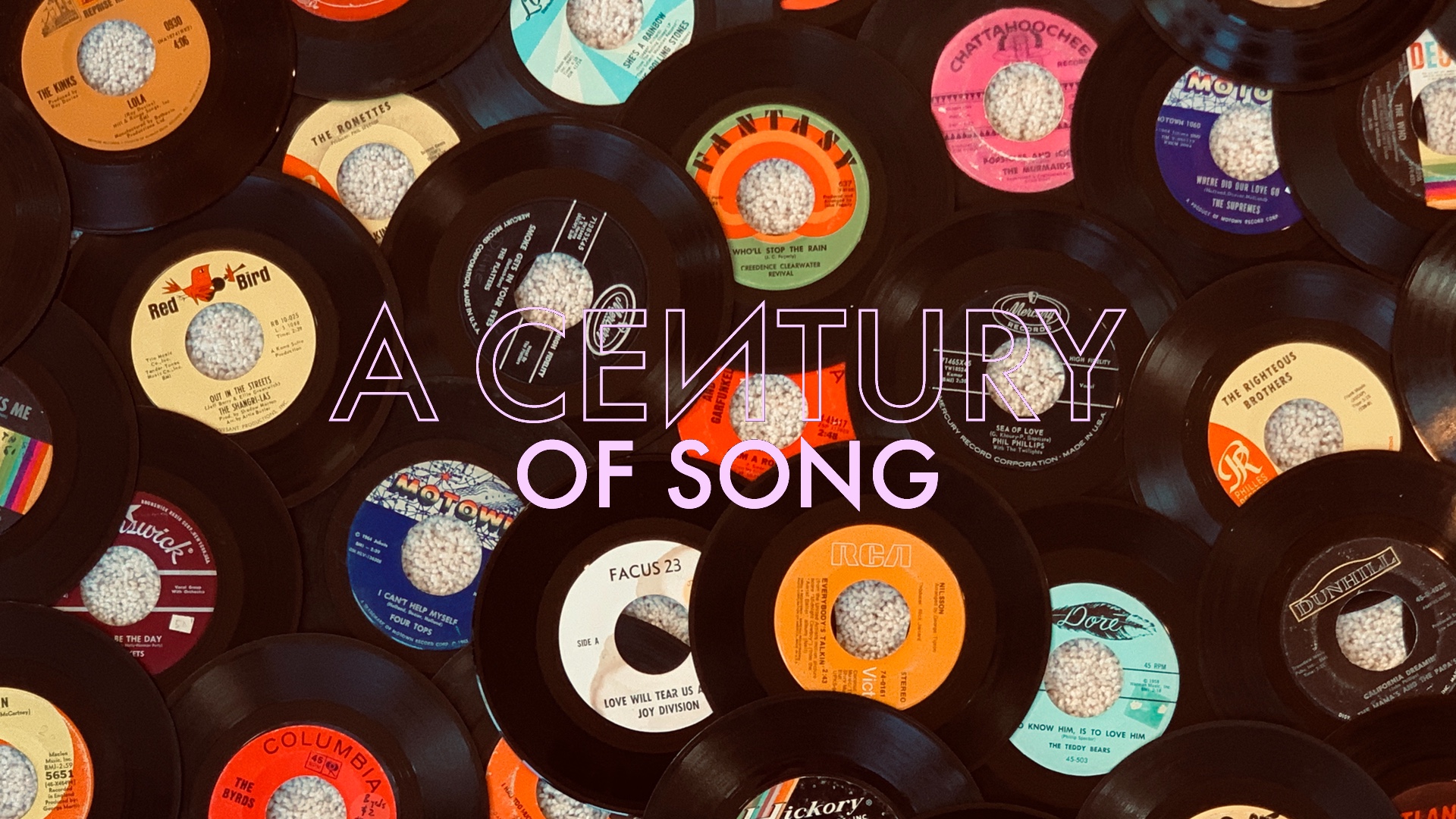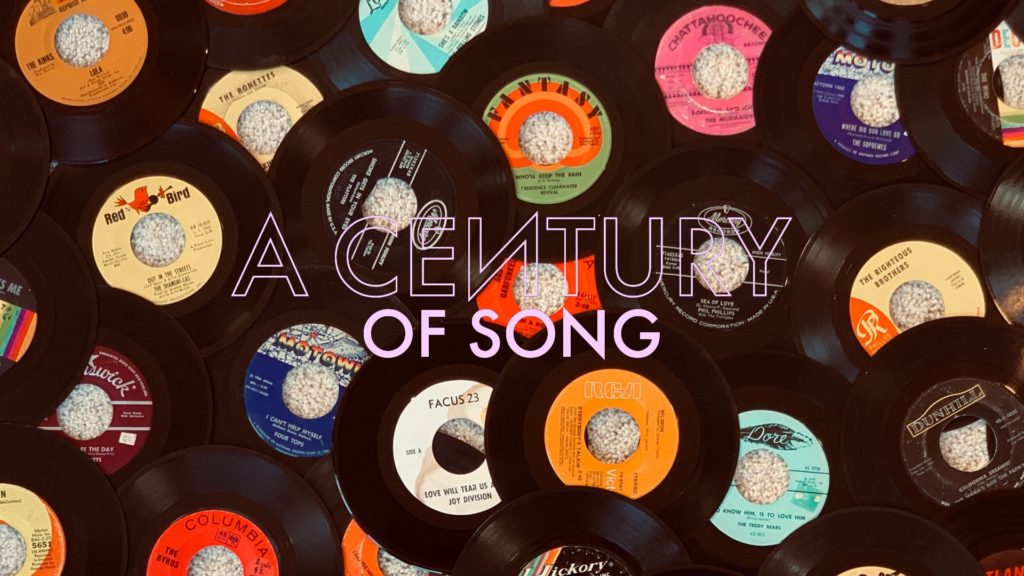
A Century of Song is an attempt to summarize 100 years of popular music through 1000 carefully chosen tracks. Included within this list are landmark singles, stellar album cuts, huge hits, hidden gems, and more than a few personal favorites. Read the introduction for the project here, and enjoy the embedded videos and Spotify playlist.
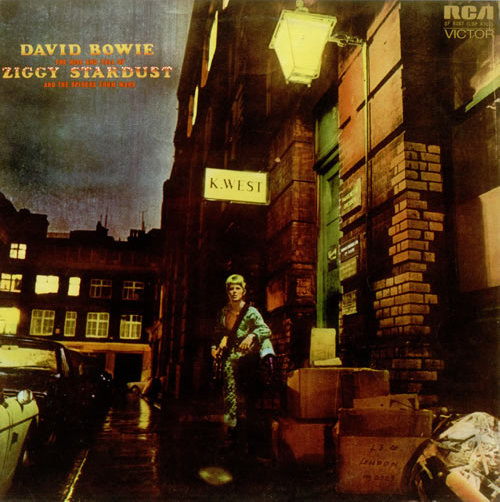
200
It begins and ends with the whimper of Mick Woodmansey’s solitary drum kit, but in between, the lead-off track to David Bowie’s most iconic album details an apocalyptic vision of a planet teetering on the verge of doom. Featuring a series of nightmarish vignettes that lay out a scene of social decay, “Five Years” is pensive, tense, chilling, and one of the finest album-opening tracks of all-time.
In the last entry, I mentioned that vocally, Bowie never seemed more alive than on 1975’s “Young Americans” (#210). On “Five Years,” Bowie first sounds mournful as he weeps for a dying Earth, but by the track’s climax, his vocals have turned frantic – as if fighting to convince even a single living person that his harrowing premonition is true, while being carried away in a straitjacket. It’s a thrilling performance, one so damned convincing that you wonder if it even was a performance. Legend has it that Bowie broke down in tears while recording the first, and only, take of the song.
It’s worth noting that songs can take on a different context over an extended period of time, and Bowie’s work has an uncanny knack for remaining chameleonic. If you had asked me about this song five or ten years ago, I would’ve said something along the lines of “excellent scene-setter for a great album,” but it probably wouldn’t have made this list.
This is where I point out that Bowie died just over four years and ten months ago as of this writing. And that the entire world has seemingly been in a constant state of crisis ever since. I don’t really believe that we’re two months away from the end times, but between the constantly ticking clock of climate change, the ever-present potential for civil unrest, and the shakiness of some of our most historically-stable institutions, we’re certainly in the middle of some dark shit right now. If it’s true that we’re authoring our own destruction, we can’t say he didn’t warn us.
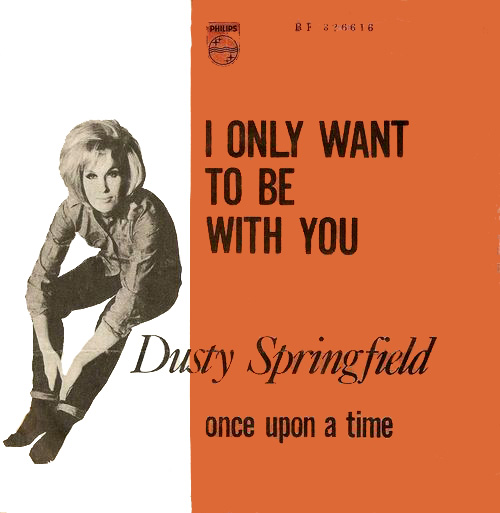
199
Mary Isobel Catherine Bernadette O’Brien was born into a music-loving London family. In the early-sixties, Mary formed a folk vocal trio called The Springfields with her brother Tom, and started referring to herself professionally as “Dusty.” After a run of success at home in the UK – and some recognition internationally – she embarked on a solo career in 1963.
By the end of the decade, Dusty Springfield had become one of the most successful pop artists in the world. She scored a number one hit single (“You Don’t Have to Say You Love Me”), recorded one of the decade’s finest soul albums, and was the star of three separate British television series. All the while, she battled substance abuse, bipolar disorder, and the persistent fear that her career would end if she were outed as a lesbian.
None of that turmoil is present in Springfield’s debut solo single, “I Only Want to Be With You.” Rather, it’s a joyous two-and-a-half-minute romp that still leaps from the speakers, nearly sixty years after it was recorded. Co-written by Mike Hawker and Ivor Raymonde, the song was a perfect vehicle for Springfield’s dynamic vocals, and incidentally, it was fitting that the object of devotion in her introduction to the world was referred to in a gender-neutral manner.
“I Only Want to Be With You” would become the quasi-title track to Springfield’s consistently-excellent first American LP. It was in the States that she would record her greatest critical triumph – 1969’s Dusty in Memphis – including what many consider to be her signature song, “Son of a Preacher Man” (#479). While that is obviously a remarkable track in its own right, this exuberant single is my favorite moment of hers.
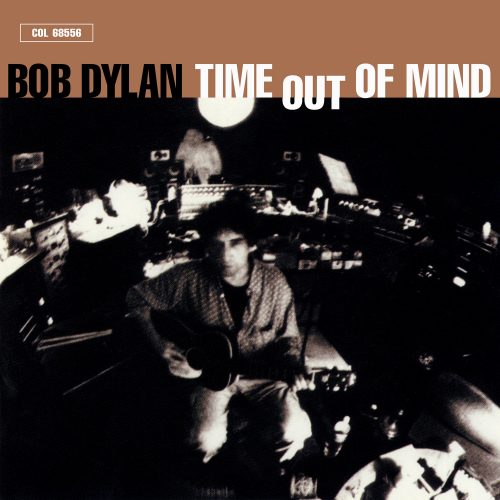
198
Throughout his entire life, Bob Dylan has charted an unprecedented path. Therefore, it goes without saying that his entry into the late era of his career had no established template to follow. Few artists in any medium had ever been counted out so many times, but the comeback represented by 1997’s Time Out of Mind was particularly shocking.
While the album was written and recorded before Dylan’s life-threatening battle with histoplasmosis, Time Out of Mind was the sound of an artist who knew that he had more years behind him than ahead. This was particularly true of the album’s first single, “Not Dark Yet,” whose repeated refrain – “It’s not dark yet, but it’s getting there” – served as something of a mantra for an album that often felt like a meditation on mortality.
Imbued with the atmospheric production flourishes of Daniel Lanois – who was also at the helm for Dylan’s excellent 1989 album Oh Mercy – “Not Dark Yet” takes on a spectral feel that lends the song much of its emotional weight. The sparse instrumentation – highlighted by the incessant guitar chirp that runs throughout the track – keeps the focus on its narrator’s travels, travails, and regrets.
Time Out of Mind sounded like an ending upon its release in the fall of 1997 – especially considering that its near-universal presence in conversations about the best releases of the year placed it in close proximity to game-changing records by the likes of Radiohead and Björk. Despite its victory lap narrative, including winning a Grammy for Album of the Year, the LP merely ushered in the extraordinary next phase of Dylan’s career – a phase that has continued with the release of 2020’s outstanding Rough and Rowdy Ways.
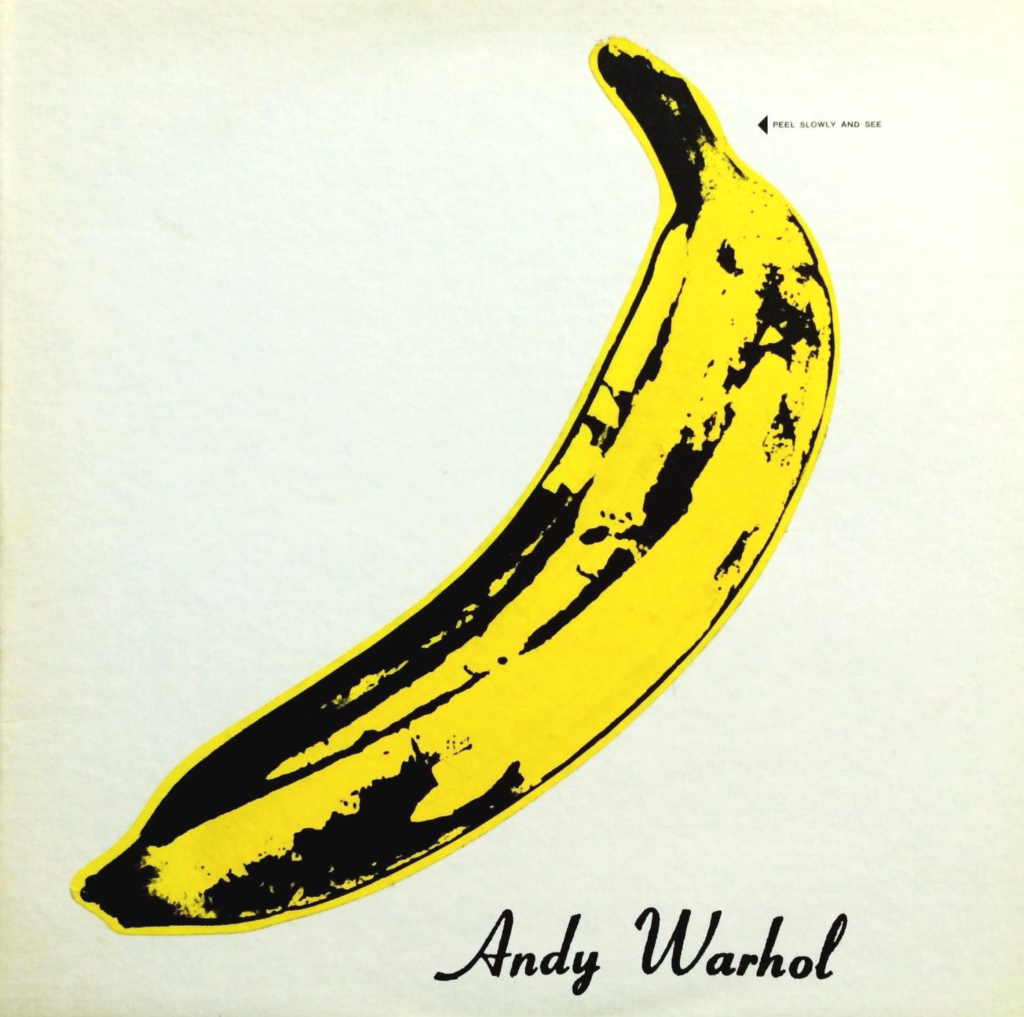
197
As much as I might want to argue that it’s found in the reflective “Sunday Morning” (#481) or the sentimentalism of “I’ll Be Your Mirror” (#961), the real heart of The Velvet Underground’s classic debut album is corroded, broken, and bleak. After all, as influential as those other ten tracks were, it was “Heroin” that most dramatically expanded the possibilities of rock and roll music.
One can point to any number of elements that make this track the one. First, there is the drone that runs throughout, eclipsed in its presence only as the feedback reaches a peak in the song’s final buildup. Next, there is the absolute primitivism of band’s performance – a shockingly brutalist seven minutes, captured in all of its glory by Andy Warhol’s “anti-production” production.
Then, there are Lou Reed’s lyrics. And let’s be honest, this was the real attention grabber. For some context, in September of 1967, The Doors were famously banned from future appearances on The Ed Sullivan Show for their refusal to change the lyric, “Girl, we couldn’t get much higher.” Six months earlier, Reed and company had given such a vivid account of shooting up that you can practically feel the smack coursing through your veins as John Cale’s viola screeches across the sonic plane. To say that it was shocking is a massive understatement.
Of course, there weren’t that many people listening to “Heroin” in 1967, but to paraphrase a well-worn observation, almost everyone who was listening immediately started a band of their own. In the half-century since the release of The Velvet Underground & Nico, an argument has emerged that it is, perhaps, the most influential album of all-time. Appropriately, most of those conversations seem to center upon the primacy of this absolutely unprecedented song.

196
1988’s It Takes a Nation of Millions to Hold Us Back firmly established Public Enemy as the most vital group to date in the still-young history of hip-hop. It was on that album that the combination of Chuck D’s authoritative lyrics, the dense, sample-heavy production of The Bomb Squad, and the levity of Flavor Flav coalesced into something as powerful as it was unique.
The group’s importance in Black popular culture was further confirmed in 1989, when Spike Lee approached Public Enemy to craft the theme for his third film, Do the Right Thing. Released on Motown as part of a one-off deal, “Fight the Power” would become one the most acclaimed singles of its time, and one of the most important tracks in the history of rap music.
Shortly before the song’s release, Public Enemy became engulfed in controversy, surrounding a series of anti-Semitic comments made by the group’s “Minister of Information,” Professor Griff. While that widely publicized flap threatened to overshadow the single’s success, it brought a higher level of attention to the group. With no other new material – Nation‘s follow-up, Fear of a Black Planet, was only in the early stages of production – that attention was largely directed towards Chuck D’s lyrics in “Fight the Power.”
What those folks found was a track that was as lyrically complex as it was musically dense. For many critics and listeners alike, the song was their first introduction to the concept of critical race theory. Unsurprisingly, some of the track’s lyrics did not go over well with hip-hop’s newly curious observers – particularly those that took a shot at white cultural icons like Elvis Presley and John Wayne. However, for those who really listened, the song opened up a new avenue that was as danceable as it was intellectual.
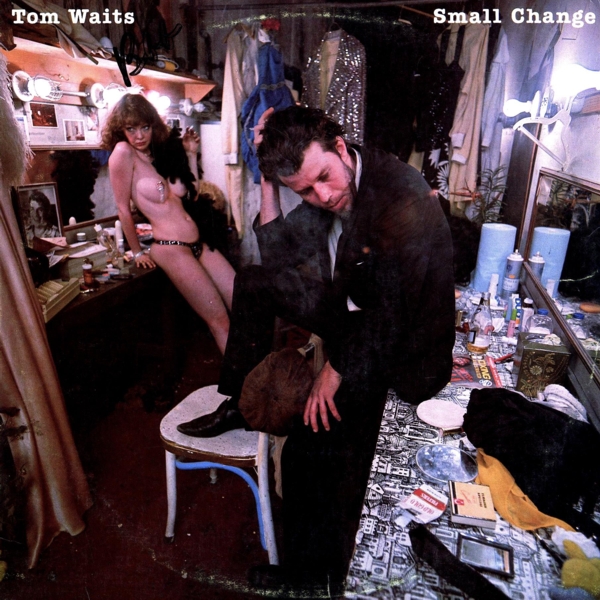
195
In the video below, Tom Waits performs the opening track from his most recent album, Small Change, on BBC2’s The Old Grey Whistle Test. Waits appears as “wasted and wounded” as the narrator of “Tom Traubert’s Blues,” and – if you use your imagination – you can almost see and hear him fighting off an impending transformation into a werewolf.
Of course, Waits would give up that fight a few years later, fully yielding to his gruff side on 1983’s masterful Swordfishtrombones – with necessary encouragement from his new personal and creative partner, Kathleen Brennan. While that metamorphosis would ultimately make the world both a stranger and more alluring place, Waits had already crafted his greatest individual piece of songwriting.
Repurposing Australia’s most famous bush ballad into a (likely) autobiographical account of an eventful evening in Copenhagen, “Tom Traubert’s Blues” is battered, bruised, and beautiful. Waits captures a series of images that are both vivid and haunting in their attention to detail. Like many great songs, they add up to less of a narrative than a deeply affecting “feel.”
Through all the off-kilter brilliance of his later years, Waits has never lost that elemental human nature to his work. He has spent much of the ensuing decades as more of a storyteller, documenting both the bizarre and the banal. However, his quintessential track is a stirring and heartbreaking self-portrait of the artist as a young man.
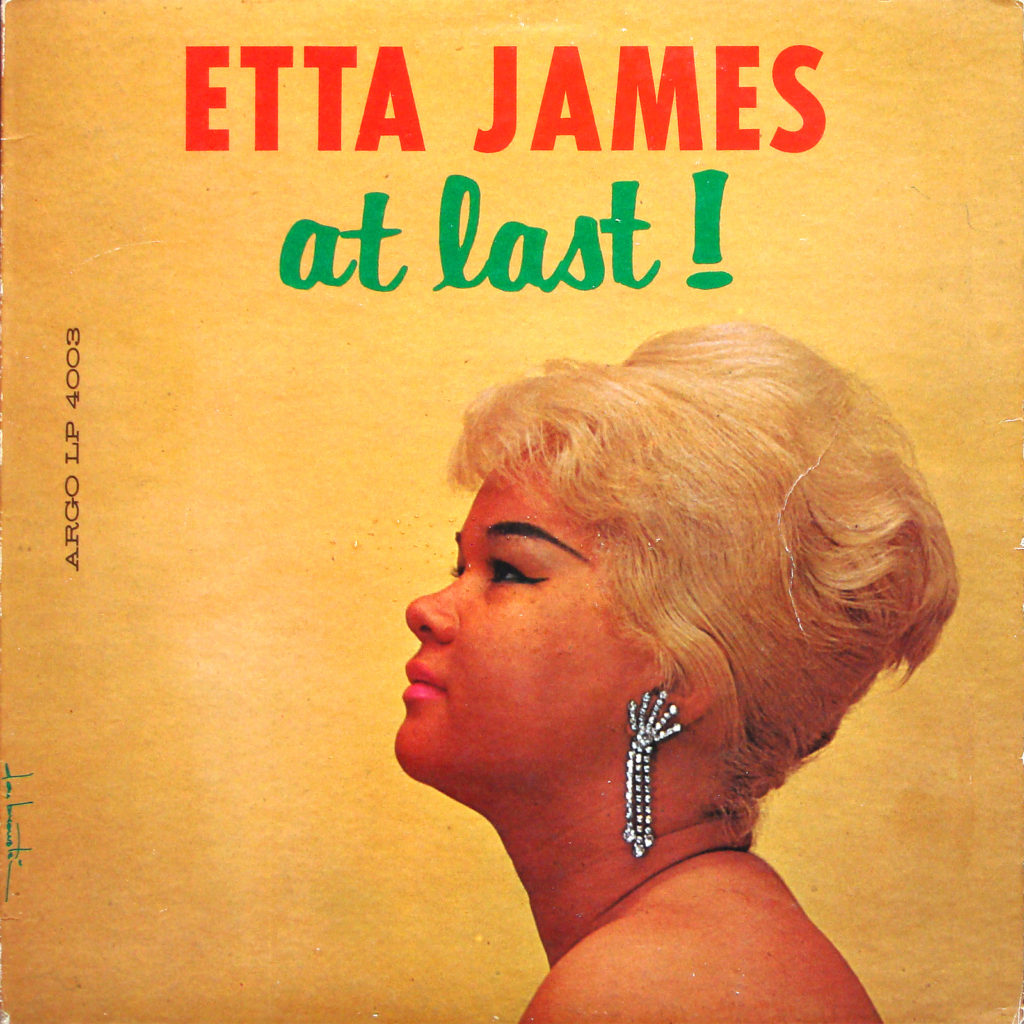
194
While Etta James could belt out upbeat soul with the best of them – see “Tell Mama” (#525) – her signature track is one of the most gorgeously lush ballads of all-time. Released as the title-track and centerpiece of her 1960 debut album, “At Last” was enough to place James in the pantheon of great American vocalists.
“At Last” is a great piece of work-by-committee. Written in 1941 by Mack Gordon and Harry Warren, the song was first brought to life by Glenn Miller’s orchestra, who made it a hit at the height of the World War II era. James’ rendition was bolstered by the arrangement of Riley Hampton, whose orchestration strikes a perfect balance between tasteful and sumptuous.
Of course, Etta stands front and center, delivering a performance that effectively captures the essence of the long road to love. Her vocals are nuanced enough to translate the complex emotions – including elation and exhaustion – that are implied by the song’s title, and they rivaled anything in contemporary pop music.
That emotional complexity would make “At Last” a perfect metaphor for its most poignant moment in the spotlight. Fittingly, it was the song that the newly-inaugurated Barack Obama and First Lady Michelle danced to at a series of inaugural balls in January 2009 – this time performed by Beyoncé, at more than mild annoyance to the woman who had made the song her own in 1960.
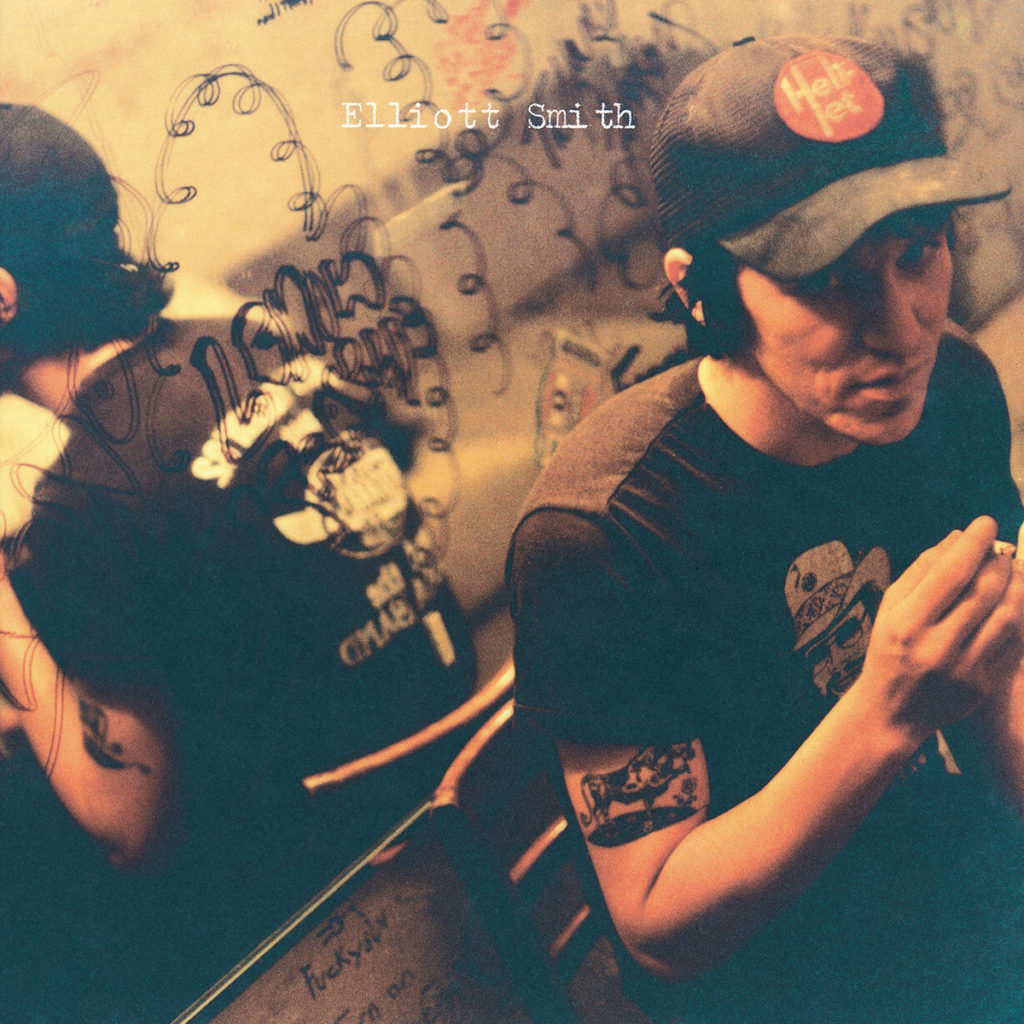
193
Few, if any, songs loom larger in the legacy of Elliott Smith than the centerpiece to his masterpiece, 1997’s Either/Or. One of the most revealing portraits of the addiction that contributed to both his depression and untimely death, “Between the Bars” is vivid in detail and stunning in its intimacy.
At the time of writing Either/Or, Smith was still performing in the Portland-based trio, Heatmiser. As was the case with his first two solo records, Either/Or was a striking departure from his “day job” in a loud rock band. His voice may be double-tracked on “Between the Bars,” but it remains paper thin. As a result of its tenuous nature, Smith’s vocal performance is all the more urgent.
Lyrically, “Between the Bars” is perhaps the quintessential Elliott Smith song. He speaks wistfully of lost potential, broken relationships, and the temporary reprieve that came in the form of his increasingly dangerous vices. It’s a gorgeous piece of songwriting, but a devastating account of a downward spiral.
The immediacy of “Between the Bars” made it a compelling choice for inclusion in fellow Portlander Gus Van Sant’s 1997 film, Good Will Hunting. The attention brought to Smith by the surprise success of the soundtrack would make him an unlikely rock star – a role that he found ill-fitting, and that ultimately brought him closer to the demons that he whispered of in “Between the Bars.”
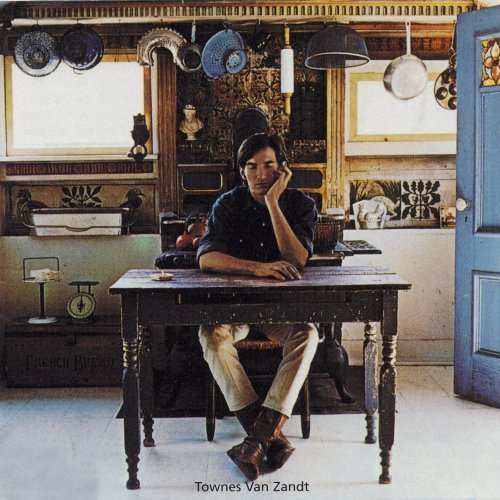
192
Townes Van Zandt included his signature track – allegedly the first song that he ever wrote – on two of his first three albums. First appearing in a martial arrangement on his 1968 debut For the Sake of the Song, Van Zandt returned to “Waiting Around to Die” in a stripped-down version for his 1969 self-titled record.
While it’s that second take that stands as the preferable studio version, both fully provide the song’s most critically important element. A bleak tale of addiction, abuse, abandonment, violence, and crime, “Waiting Around to Die” is a harrowing piece of songcraft that stands as the most powerful track in Van Zandt’s catalog.
Though it was an almost-entirely fictional account, the troubles and sorrows that “Waiting Around to Die” expressed would be mirrored in the years of hard living that ultimately took an immense toll on Van Zandt’s mental and physical health. The combination of depression and substance abuse would lead to his death at the age of 52 on New Year’s Day 1997.
The most affecting performance of Van Zandt’s greatest track didn’t appear on a record, but instead in the 1972 documentary, Heartworn Highways. Filmed in Van Zandt’s trailer home, the clip finds him unaccompanied musically, but joined by his future wife Cindy, and neighbor “Uncle” Seymour Washington. I won’t describe it, but rather, strongly suggest that you take two-and-a-half minutes to watch it.
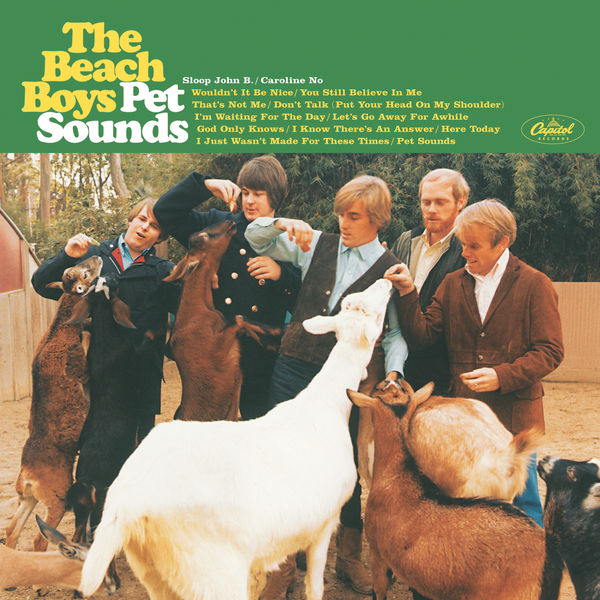
191
I mentioned a while back that we’re into a point of the list where there are some essentially “perfect” songs. Perfect songs can’t be easy to write, but I’d argue that there are more than a few people who have managed to pull it off over the years. What about perfect albums? Good luck. In my mind, there’s only one of those, and it finally makes its first appearance here.
Pet Sounds. Even the name is perfect. As a song cycle, it’s simply unrivaled, but there’s a conceptual level to the album that is often overlooked. It begins with the seemingly eternal optimism of brand new love, follows its narrator through a quest to find themselves, and arrives at the heartbreaking conclusion that even the strongest of infatuation will surely fade in time. “Caroline, No” is that denouement, and one of the most striking moments on an album full of them.
Musically, “Caroline, No” is masterful. Like the rest of Pet Sounds, it found the group’s resident genius, Brian Wilson, creating a virtually unprecedented form of pop music, by combining the traditional with the novel. Wilson crafted the song’s gorgeous arrangement, sped up the finished tape just slightly in order to make his voice sound younger, and convinced Hal Blaine – the best pop drummer on the planet – to play a Sparklets water cooler bottle as an instrument.
Partially because he had done almost all of the heavy lifting himself, and largely out of fear that his bandmates – particularly Mike Love – wouldn’t like it, Wilson initially issued “Caroline, No” as a solo single before it found its way onto the end of the album. Wilson was wrong about the song’s potential for chart success, but accurately predicted his cousin/bandmate’s apprehension. Oh, it didn’t fit with the “formula,” Mike? You wanted more songs about surfing and cars, did you? Well, you got to put your name on a work of art instead, asshole.


